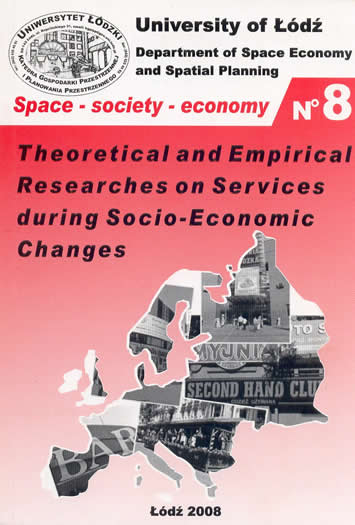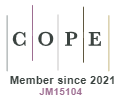Łódź Residents’ Viewpoints about NIMBY Facilities
DOI:
https://doi.org/10.18778/1733-310.08.17Keywords:
NIMBY, konflikty społeczno-przestrzenneAbstract
NIMBY is an acronym from English words: not in my back yard. The term is used to describe the idea of objecting to some noxious facilities in the nearest neighborhood and at the same time not objecting to the fact they are necessary. The research shows differences between some NIMBY facilities which have been pointed out in Łódź and those which have been analyzed in the western countries. There is a Polish unique character of NIMBY objects: the unwanted objects are rarely huge facilities. Polish NIMBIES seem to be very local. Large factories which are said to be very onerous in the western countries are hardly controversial in Łódź which was on the contrary to various service workshops. The most numerous group of NIMBY objects in Łódź are trading premises (over 30%), the succeeding figures in the ranking were: the social infrastructure objects (25%), public transport and municipal infrastructure (together 27%). The presented figures are the result of the fact that plenty of service workshops have been setting up in a residential area since the beginning of 90s and the process has been continuing up to now.
Downloads
References
Hermansson H., 2007, The Ethics of NIMBY Conflicts, Ethical Theory & Moral Practice; Jan2007, Vol. 10 Issue 1.
Google Scholar
DOI: https://doi.org/10.1007/s10677-006-9038-2
Inhaber H., 1998, Slaying the NIMBY Dragon, Transaction Publishers, New Brunswick.
Google Scholar
Matczak P., 1996, Społeczne uwarunkowania eliminacji syndromu NIMBY, [w:] Podmiotowość społeczności lokalnych. Praktyczne programy wspomagania rozwoju, R. Cichocki (red.), Wydawnictwo Media G-T, Poznań.
Google Scholar
O’Hare M., 1992, Waste Disposal? Not In My Backyard, VSD, 59, 4.
Google Scholar
Downloads
Published
How to Cite
Issue
Section
License

This work is licensed under a Creative Commons Attribution-NonCommercial-NoDerivatives 3.0 Unported License.









